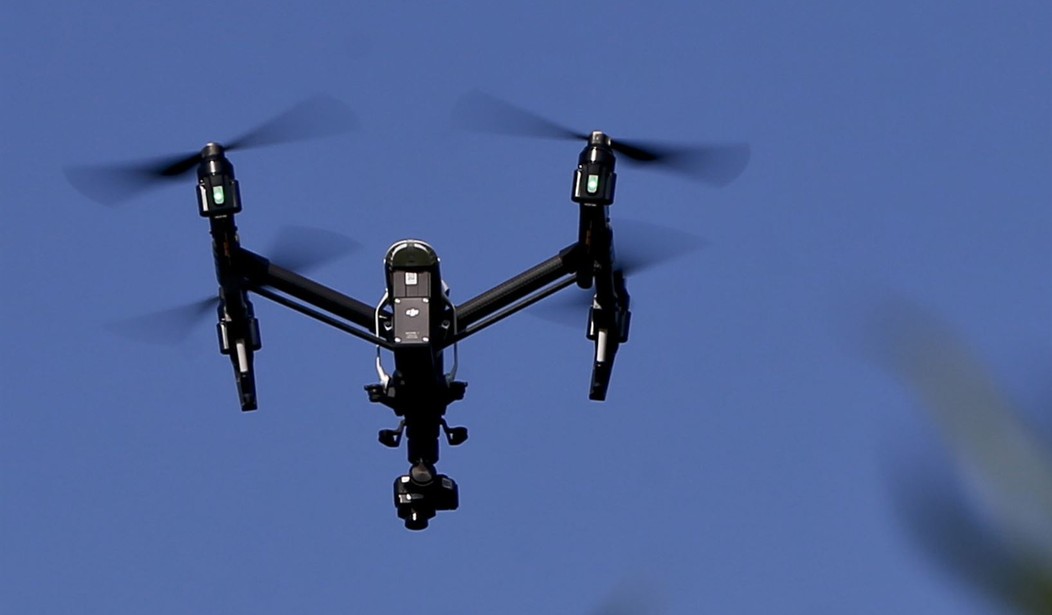With the heatwaves and fires affecting northern California and the Pacific Northwest, a lot of people have been struggling for explanations and possible answers. It’s easy enough to just start talking about climate change and blaming that, but such explanations don’t really do much to help solve the actual problem. That’s what makes this report out of Dubai so interesting. If you want to cool down the temperatures or help put out the fires, how about if we just had a nice period of cloudy days and some rain? This sounds like something straight out of The Rainmaker, but it’s apparently real. Even in the desert, provided there are at least some clouds drifting by, they’ve been using drones to force rain to fall, providing lower temperatures and much needed relief. (NY Post)
Officials in Dubai are using drones to artificially increase rainfall as the city grapples with oppressive heat, video this week shows.
The rainmaking technology, known as “cloud seeding,” was put into use as summer temperatures have surged past 120 degrees Fahrenheit in the United Arab Emirates city, the Independent reported.
Experts have said the technology aims to make rain form more efficiently inside clouds and in doing so, make more water come down.
There’s more to the process than simply flying a drone into a cloud and hoping for the best. First of all, these aren’t the small drones that you can order from Amazon for home entertainment. They are fixed-wing drones with significant speed and altitude capabilities. They are also fitted with miniature missile launchers that fire “salt flares” into promising-looking cloud formations.
The science behind this looks pretty cool, actually. They rely on a couple of different aspects of cloud formation to pull this off. First of all, the drones are emitting positive and negative charged ions into the cloud. The molecules in the cloud already have an electrical charge associated with them, so this interaction makes the clouds more likely to “clump” together and produce bigger clouds with more water vapor in them.
Then, they use the salt from the flares, which is comprised of a fine particulate. These particles act as “condensation nuclei“, giving the water vapor something to condense around and form droplets. The droplets gain mass until their weight is too great to remain aloft and they fall out of the clouds in the form of rain. Clouds lacking in enough of these types of particles don’t form water droplets naturally and typically won’t produce much (if any) rain.
Of course, this isn’t an exact science. The linked report shows how things can still go rather wrong when you start messing around with Mother Nature. The UAE’s National Center of Meteorology release some footage over the weekend following one of these rainmaking expeditions showing areas of flooding following intense rainfall and lightning strikes. So perhaps we need to be careful before trying to harness these types of forces in nature.
Still, however, in a place like the Pacific Northwest, how much worse could things get? They no doubt get a lot more clouds on average than Dubai does, so opportunities would abound. Some of the fires raging in Oregon were started by lightning, so a few more bolts probably won’t hurt as long as the foliage is getting wet enough to dampen the fires. And as far as California goes, those people largely live in a desert. Are they going to turn down some rain?
Of course, I can’t escape the feeling that we’re messing with something that could end up looking like Micky Mouse in The Sorcerer’s Apprentice. For every cloud you force to drop its rain where you need it, that’s one cloud that won’t drop rain somewhere else. Dubai could be messing with the butterfly effect here and causing even more of a drought somewhere else.








Join the conversation as a VIP Member